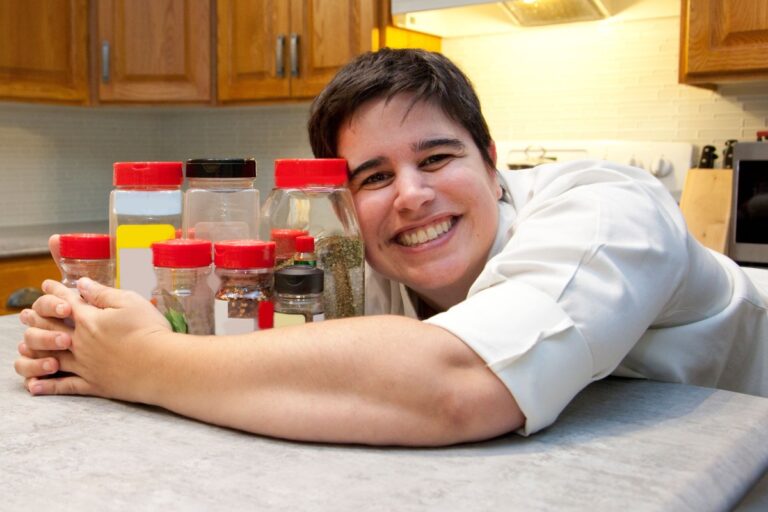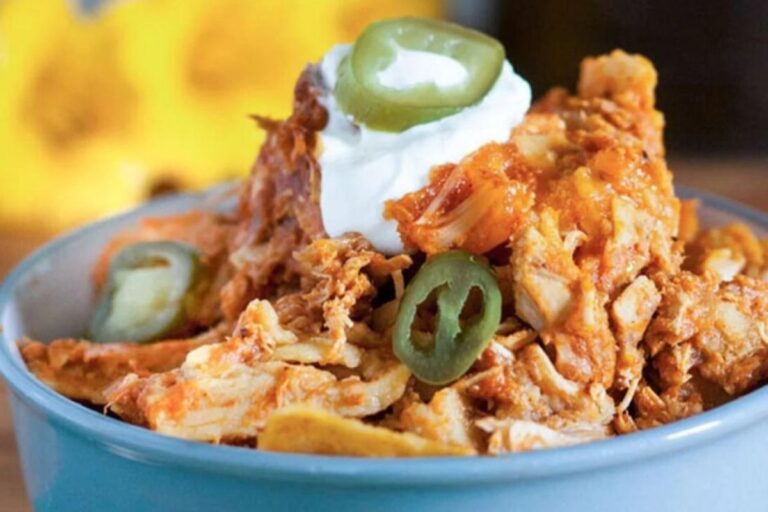Cardiologist Approved: 15 Foods Shown to Help Prevent Strokes
A stroke is a serious medical condition that can have life-changing consequences, but the good news is that your diet can play a significant role in preventing it. Cardiologists emphasize the importance of eating foods that support heart health and lower the risk of stroke.
These foods are packed with nutrients that reduce inflammation, control blood pressure, and keep cholesterol in check—all of which help protect your brain and blood vessels. Incorporating the right foods into your meals can make a significant difference. Here are 15 cardiologist-approved foods to help you stay stroke-free.
Leafy Greens
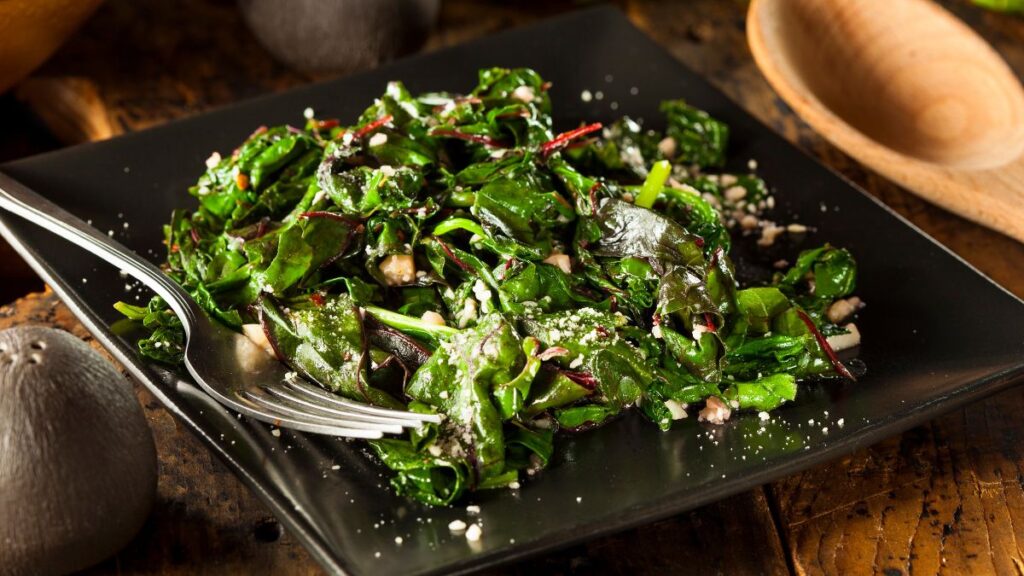
Leafy greens like spinach, kale, and Swiss chard are rich in vitamins, minerals, and antioxidants that promote healthy blood flow. They are also packed with vitamin K, which helps regulate blood clotting and keeps your arteries flexible.
Regular consumption of leafy greens can reduce your risk of high blood pressure, a major cause of strokes. Add them to salads or smoothies, or sauté them for a quick side dish. Their versatility and health benefits make them a staple in stroke prevention.
Berries
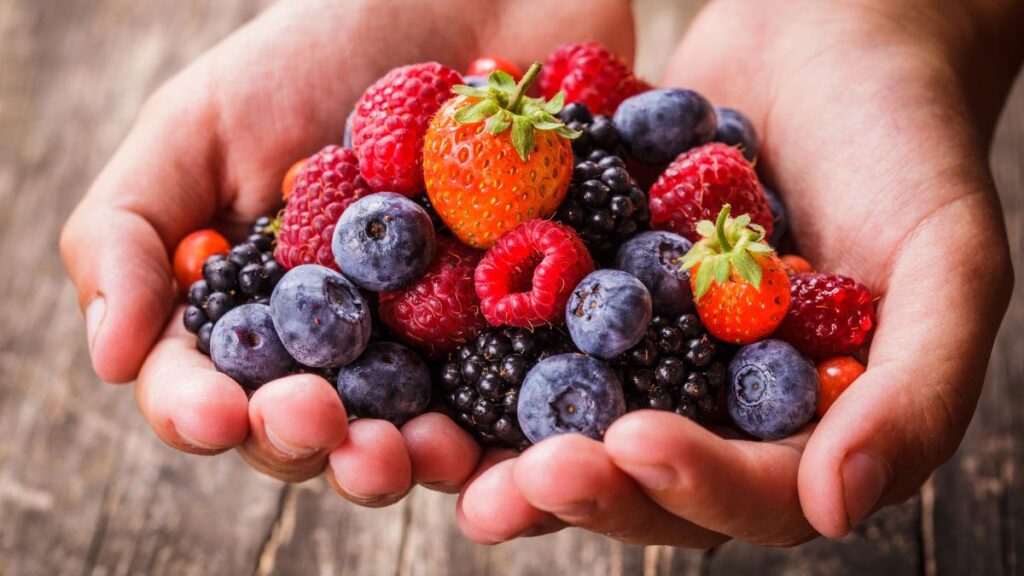
Berries like blueberries, strawberries, and raspberries are loaded with antioxidants, particularly flavonoids, which can help reduce oxidative stress and inflammation. Studies have shown that regularly eating berries can lower blood pressure and improve blood vessel function, both of which are key in stroke prevention. Berries are also a great source of fiber, which supports heart health. Enjoy them in yogurt, on top of oatmeal, or as a sweet snack.
Fatty Fish
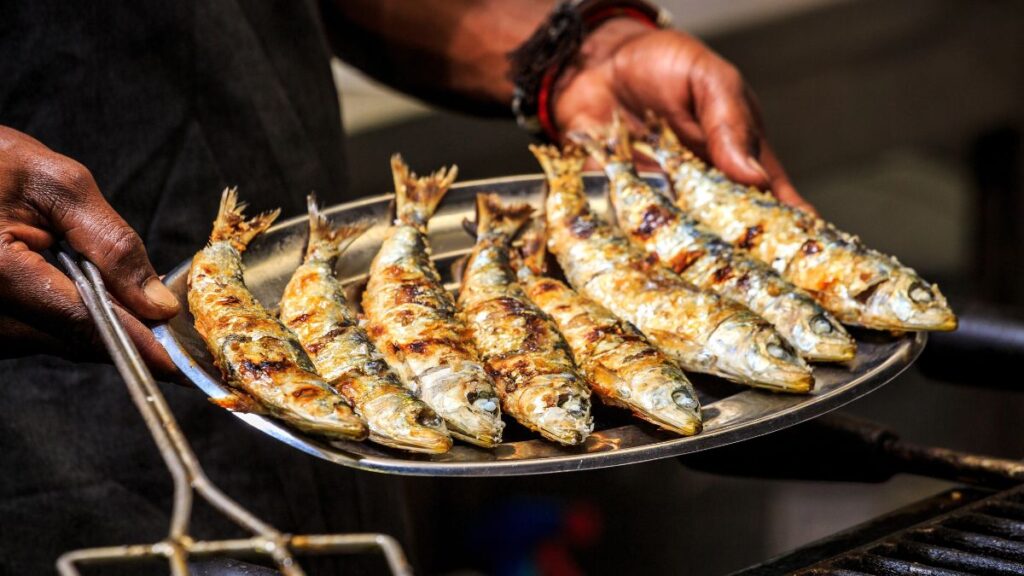
Fatty fish such as salmon, mackerel, and sardines are high in omega-3 fatty acids, which have been shown to reduce inflammation and lower triglycerides. Omega-3s help keep your blood vessels healthy and prevent the formation of clots, which can lead to strokes.
Cardiologists often recommend eating fatty fish at least twice a week for stroke prevention. Grilling, baking, or steaming these fish are healthy ways to include them in your diet.
Whole Grains
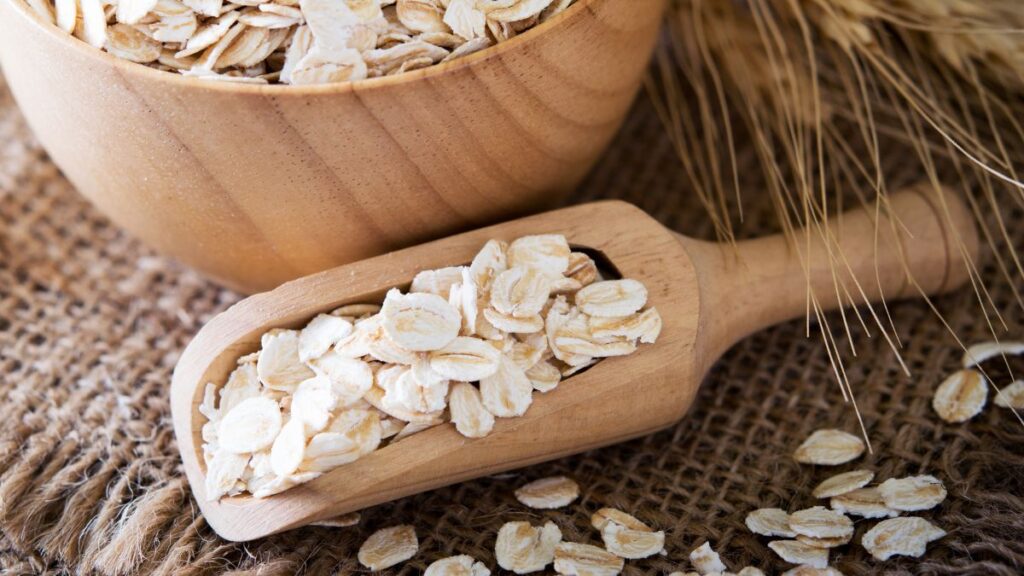
Whole grains like oats, brown rice, and whole wheat bread are excellent sources of fiber, which helps regulate cholesterol levels and keeps your heart healthy. By lowering your cholesterol, whole grains reduce the risk of artery blockages that can lead to a stroke.
Whole grains’ slow energy release also helps maintain steady blood sugar levels. Swap refined grains for whole grains in your meals to support better cardiovascular health.
Nuts
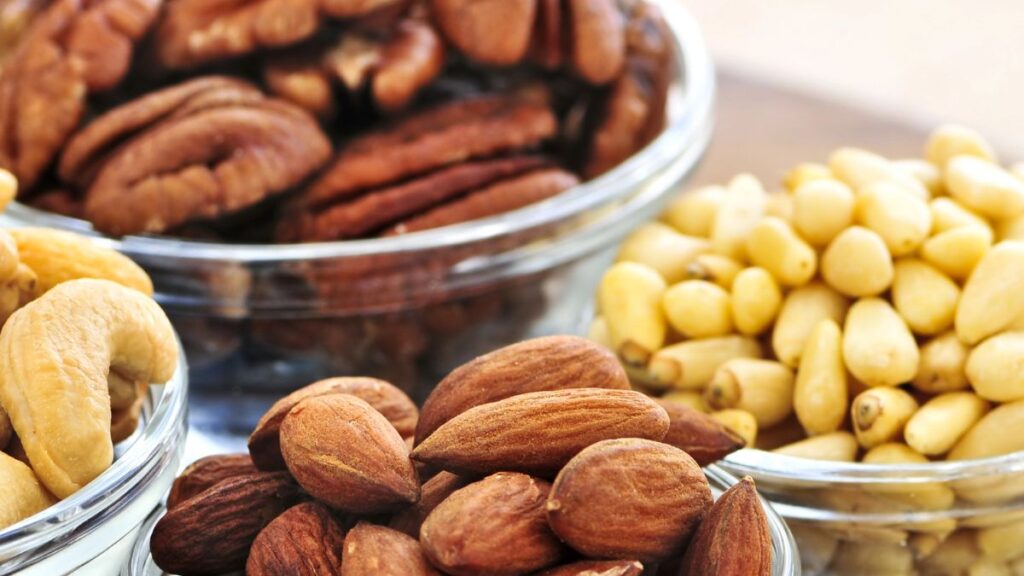
Nuts such as almonds, walnuts, and pistachios are packed with healthy fats, fiber, and antioxidants that benefit your heart and brain. They help lower bad cholesterol (LDL) while raising good cholesterol (HDL), reducing the risk of a stroke.
A small handful of nuts daily can provide heart-protective benefits without overloading on calories. Nuts are a delicious way to support stroke prevention, whether added to salads or yogurt or eaten as a snack.
Olive Oil

Olive oil, especially extra virgin olive oil, is rich in monounsaturated fats, which help lower bad cholesterol and reduce the risk of stroke. This healthy fat is also high in antioxidants that protect the blood vessels from damage.
Cardiologists recommend using olive oil as your primary cooking oil or drizzling it over salads and vegetables. Its heart-healthy benefits make it an essential part of the Mediterranean diet, known for reducing stroke risk.
Avocados

Avocados are another great source of monounsaturated fats, which help lower bad cholesterol and keep your blood vessels healthy. In addition to healthy fats, avocados provide potassium, a mineral that helps control blood pressure—a key factor in preventing strokes. Including avocado in your meals, whether spread on toast, added to salads, or blended into smoothies, is a tasty way to boost heart health.
Tomatoes
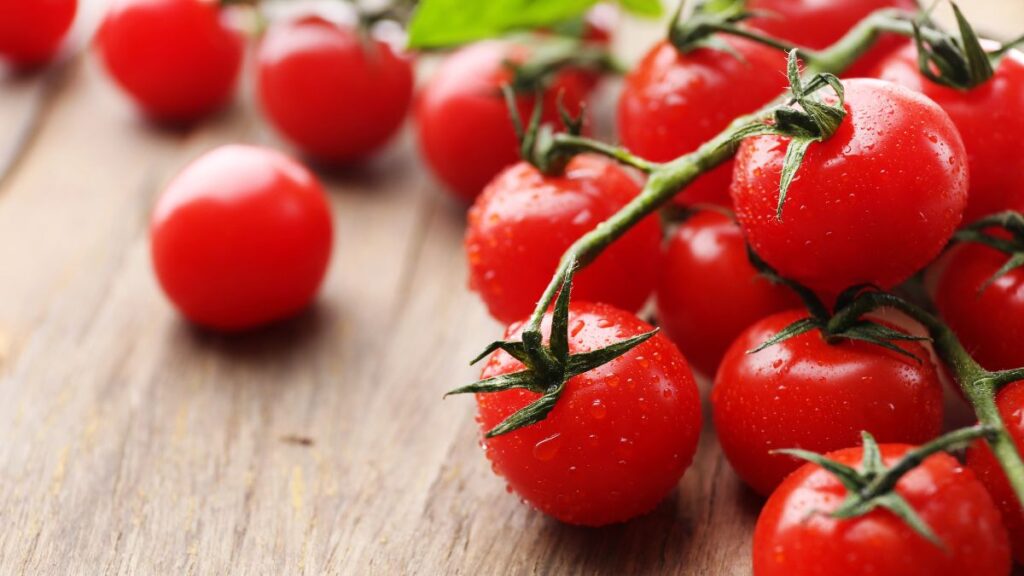
Tomatoes are packed with lycopene, an antioxidant that helps lower blood pressure and reduces the risk of stroke. Lycopene also fights inflammation, which can damage blood vessels over time.
Cardiologists often recommend eating cooked tomatoes, as the heating process makes lycopene more easily absorbed by the body. Enjoy tomatoes in soups, sauces, or simply roasted to reap their stroke-preventing benefits.
Beans and Lentils
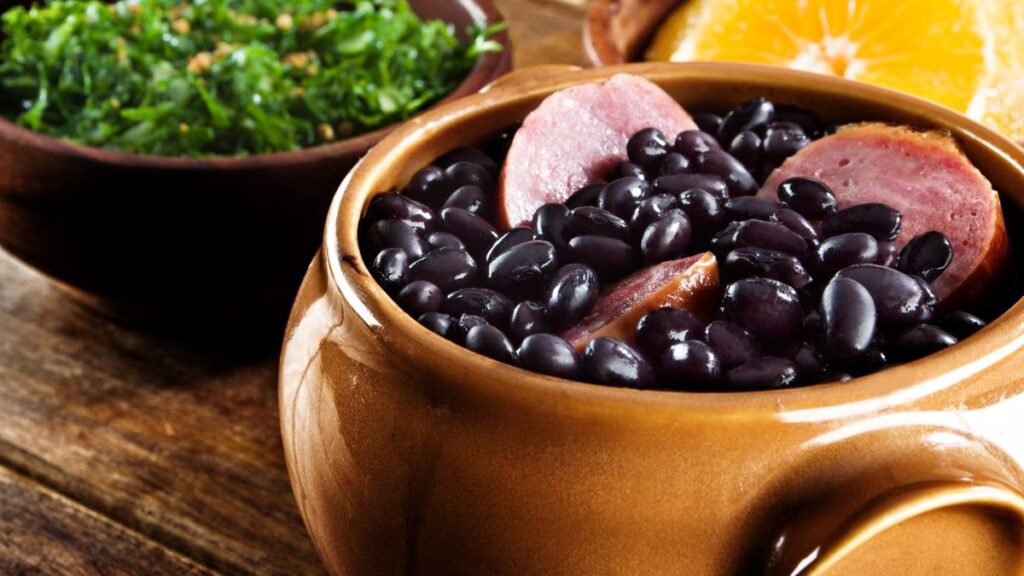
Beans and lentils are excellent plant-based sources of protein, fiber, and important nutrients like potassium and magnesium. These legumes help lower cholesterol and keep blood pressure in check, both of which are essential for reducing stroke risk.
Whether you add them to soups, stews, or salads, beans and lentils are versatile ways to support heart health and keep arteries clear.
Garlic

Garlic has long been recognized for its heart-healthy properties. It contains compounds that help thin the blood, reducing the risk of clots that can lead to strokes.
Garlic also helps lower blood pressure and cholesterol levels, further protecting your cardiovascular system. Whether used fresh or in supplement form, adding garlic to your meals can be a simple yet effective way to prevent strokes.
Citrus Fruits
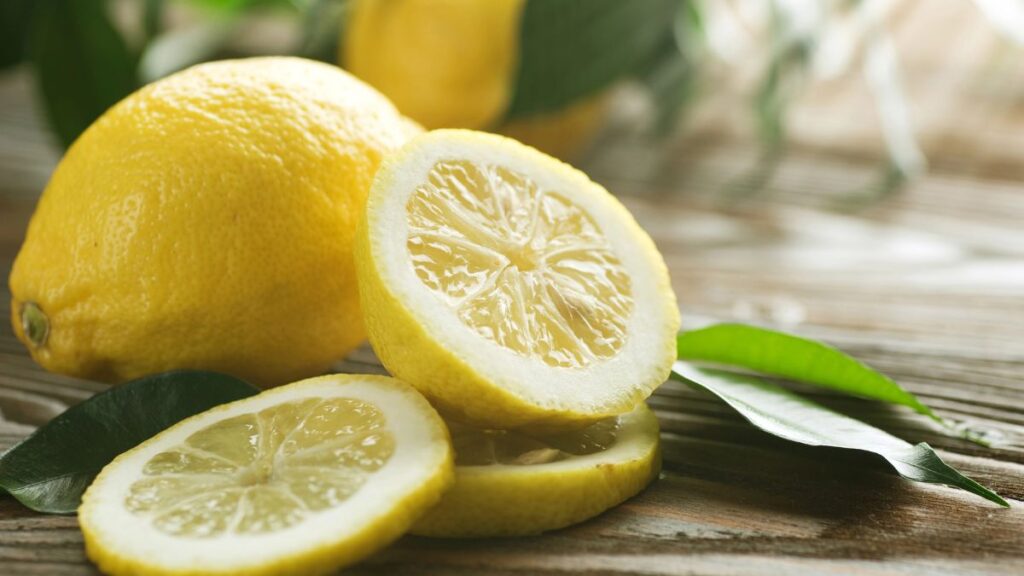
Citrus fruits like oranges, grapefruits, and lemons are rich in vitamin C and flavonoids, which help reduce inflammation and improve blood vessel function.
These fruits also provide fiber and potassium, which are important for controlling blood pressure. Incorporating citrus into your daily routine—whether in juices, salads, or as a snack—can help reduce your stroke risk and keep your heart strong.
Dark Chocolate

Good news for chocolate lovers—when consumed in moderation, dark chocolate can help protect against strokes. Dark chocolate contains flavonoids, which improve blood flow and lower blood pressure.
To maximize the health benefits of chocolate, choose at least 70% cocoa. A small piece of dark chocolate can be a heart-healthy treat that supports stroke prevention.
Pomegranates
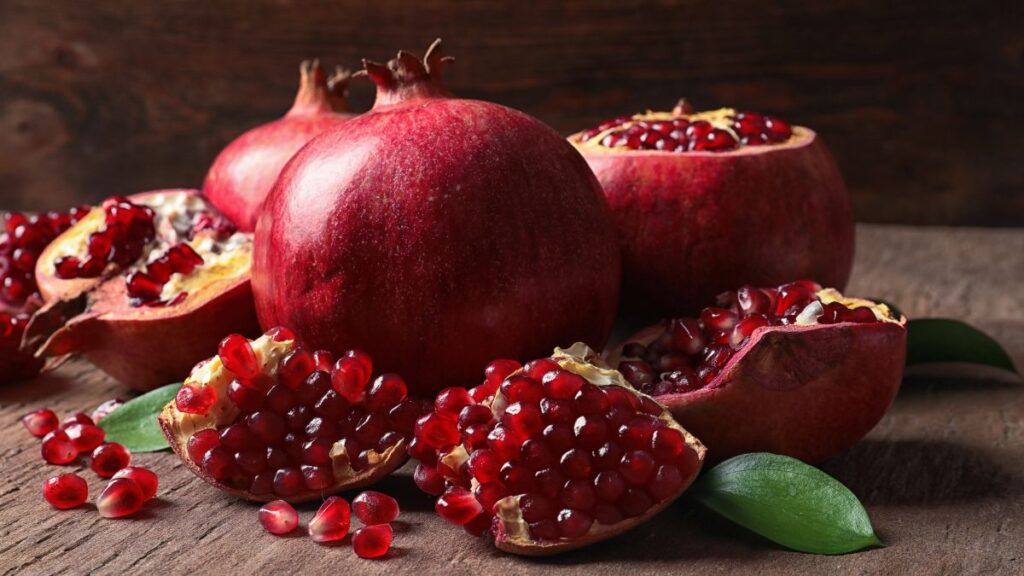
Pomegranates are known for their high levels of antioxidants, particularly polyphenols, which can help reduce oxidative stress and inflammation in the blood vessels.
Drinking pomegranate juice or eating the seeds regularly may improve blood flow and lower blood pressure, both of which reduce stroke risk. To boost your heart health, add pomegranates to your salads or smoothies or enjoy them as a snack.
Flaxseeds
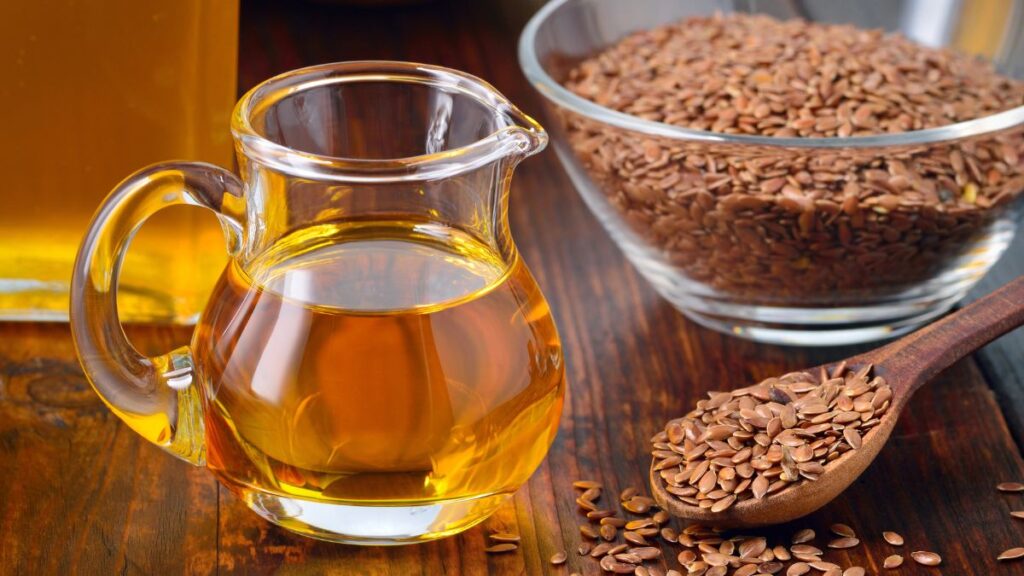
Flaxseeds are a rich source of omega-3 fatty acids, fiber, and lignans, all of which support cardiovascular health. These tiny seeds help lower blood pressure and cholesterol levels, reducing the risk of stroke.
You can easily add flaxseeds to smoothies and yogurt or sprinkle them on top of cereals for a nutritious boost. Be sure to use ground flaxseeds for better absorption of their health benefits.
Green Tea
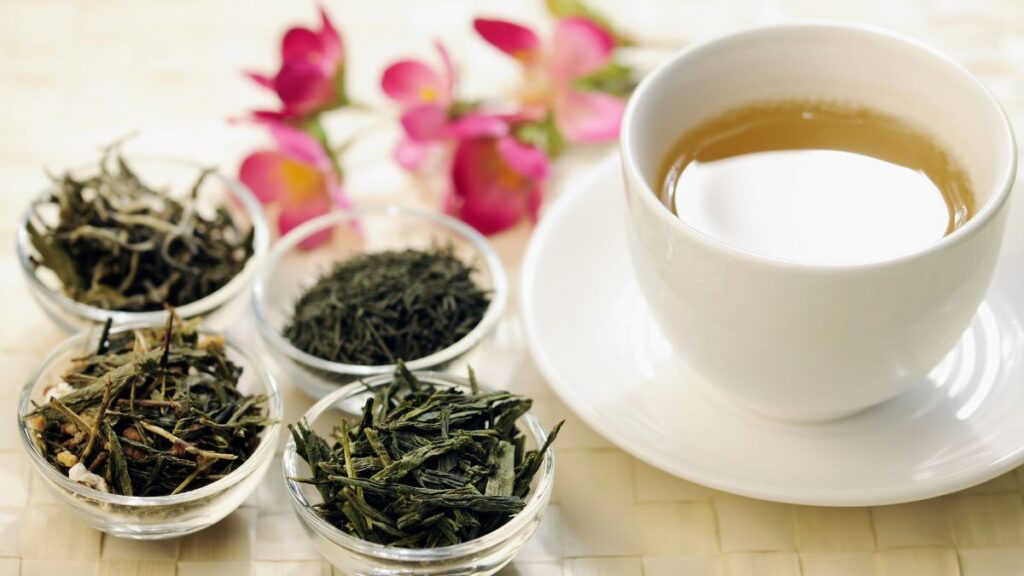
Green tea is packed with antioxidants called catechins, which help improve blood vessel function and reduce blood pressure. Drinking green tea regularly has been linked to a lower risk of stroke.
In addition to its cardiovascular benefits, green tea may also help with weight management, another key factor in stroke prevention. Enjoy a cup of green tea daily as a simple way to support your heart and brain health.
15 Places Where You’re Expected to Tip—But You Really Don’t Have To

Tipping has become a widespread practice in many industries, with the expectation that you’ll leave a little extra for good service. However, not every situation truly warrants a tip, even if you feel pressured to give one.
15 Places Where You’re Expected to Tip—But You Really Don’t Have To
15 Most Annoying Habits of American Tourists When Dining Abroad

Traveling abroad is an exciting adventure, and dining in new places is a big part of the experience. However, some common behaviors by American tourists can be frustrating for locals and affect the dining experience.
15 Most Annoying Habits of American Tourists When Dining Abroad



